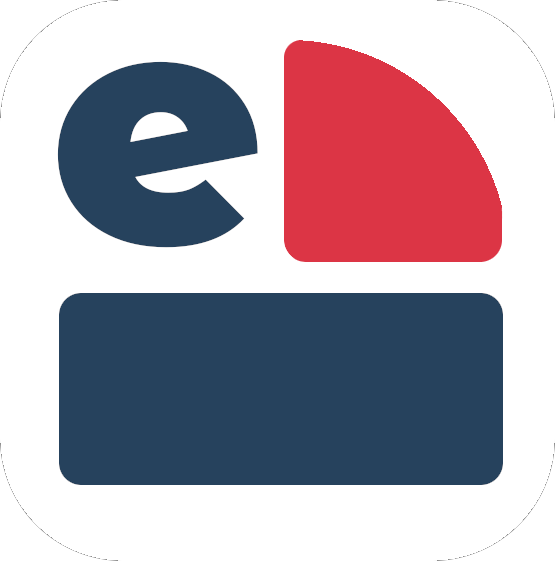Lifelong Learning: The Rise of MOOCs and Free Certifications
In an era characterized by rapid technological advancement and shifting job market demands, the concept of continuous education has gained unprecedented significance. As professionals strive to remain relevant, innovative educational solutions have emerged to cater to their needs. One such solution is the rise of Massive Open Online Courses (MOOCs), which provide accessible platforms for lifelong learning. This article delves into the landscape of MOOCs, free courses, and international certifications available in the United States, elucidating their implications for aspiring learners.
The Evolution of Education
The traditional model of education, centered around formal degrees obtained through universities, is increasingly seen as insufficient in addressing the dynamic skills required in today’s workforce. The statistics on unemployment and underemployment among recent graduates underscore this reality.
According to a report by the Bureau of Labor Statistics (2022), about 40% of recent college graduates are employed in jobs that do not require their degree. This discrepancy between education and employment highlights the need for alternative learning pathways.
The Emergence of MOOCs
MOOCs revolutionized access to education by offering courses from prestigious institutions without the barriers of enrollment fees or geographical restrictions. Platforms like Coursera, edX, and FutureLearn have democratized learning by enabling individuals to acquire knowledge from top-tier universities such as Harvard, MIT, and Stanford.
Key Features of MOOCs
| Feature | Description |
|---|
| Accessibility | Open to everyone regardless of background or location. |
| Diversity | A vast array of subjects covering various disciplines. |
| No Cost Option | A number of courses offer free access with a fee only for certification. |
This accessibility promotes inclusivity, allowing individuals from diverse socioeconomic backgrounds to pursue personal and professional growth with fewer financial constraints.
The Value of Free Online Courses
The proliferation of free online courses has given rise to immense opportunities for self-directed learning. Platforms like Khan Academy offer an extensive repository of resources encompassing various subjects tailored for different learning levels.
A significant advantage lies in the flexibility these courses provide. Learners can tailor their study schedules according to personal commitments, making it easier for working professionals to engage in continuous education without compromising their careers.
The Importance of International Certifications
An aspect often overlooked in discussions about MOOCs and free courses is the significance of obtaining certifications that hold international recognition. While many learners complete courses solely for knowledge acquisition, having a certificate can serve as a powerful testament to one’s skills and understanding.
Coursera’s Professional Certificates, for example, are designed in collaboration with industry leaders. These certificates convey credibility that can enhance employability by signaling to employers that a candidate possesses relevant skills validated by recognized institutions.
Critical Perspectives on MOOCs and Online Education
No innovation is devoid of criticism; thus, MOOCs are not exempt from scrutiny. Critics argue that while MOOCs offer accessibility, they may also encourage superficial engagement due to their open-access nature. The lack of personalized feedback can hinder deep learning experiences, leaving many students without adequate support throughout their educational journey.
This sentiment is echoed by researchers who suggest that high dropout rates in MOOC programs may signal deeper issues concerning engagement and motivation (Kizilcec et al., 2017). As such, while these platforms promote inclusivity, they also run the risk of perpetuating educational inequities if learners do not possess intrinsic motivation or prior foundational knowledge.
The Future Landscape of Lifelong Learning
The evolving landscape suggests a shift towards hybrid models that blend online education with traditional classroom settings. As educational technologies advance, institutions might adopt approaches that integrate MOOCs as supplementary resources within formal curricula.
This merging could potentially address some criticisms associated with online learning while capitalizing on its strengths. Furthermore, fostering partnerships between educational institutions and industries allows for course content that remains responsive to market demands.
A Comparative Analysis: Traditional vs. Online Education
|
|---|
| Error analysis rate: | Error rates especially low when feedback is frequent. | Error rates may be higher due to lack feedback on mistakes or misconceptions. |
| Flexibility: | Slightly less flexible due scheduled classes. | A much higher degree; students learn at own pace. | |
.
